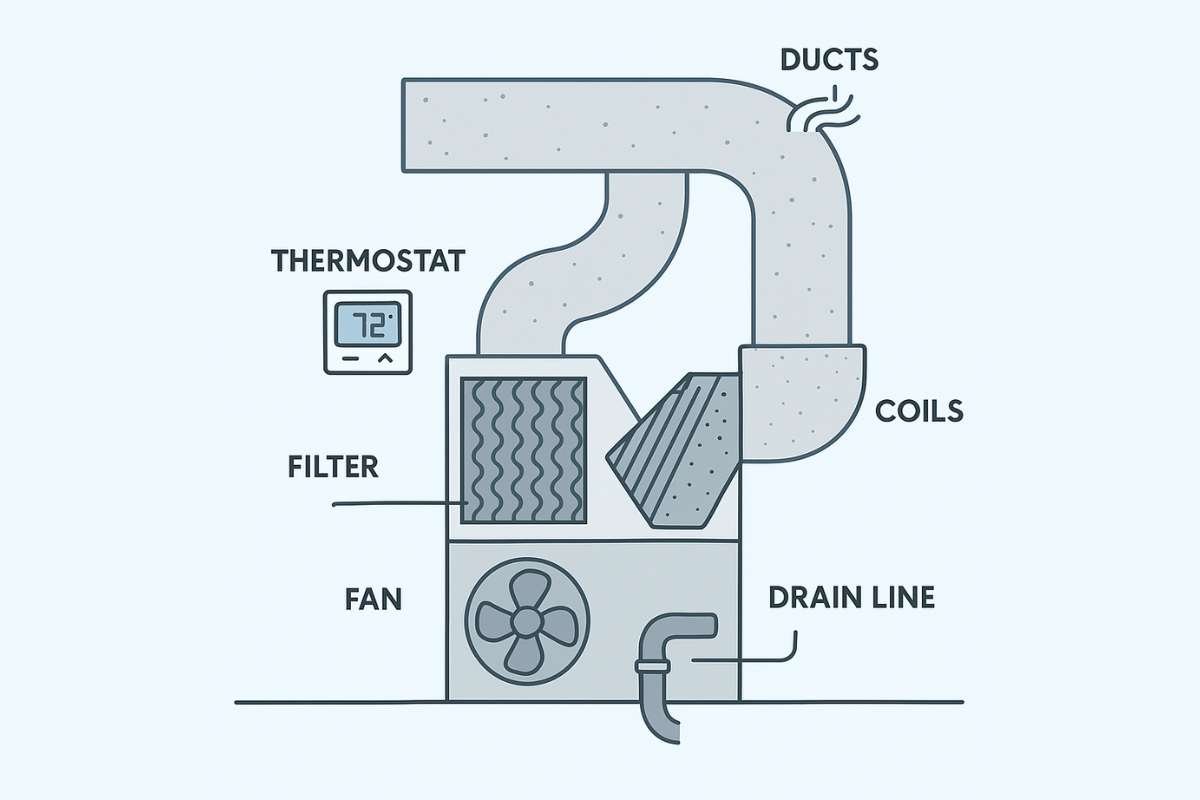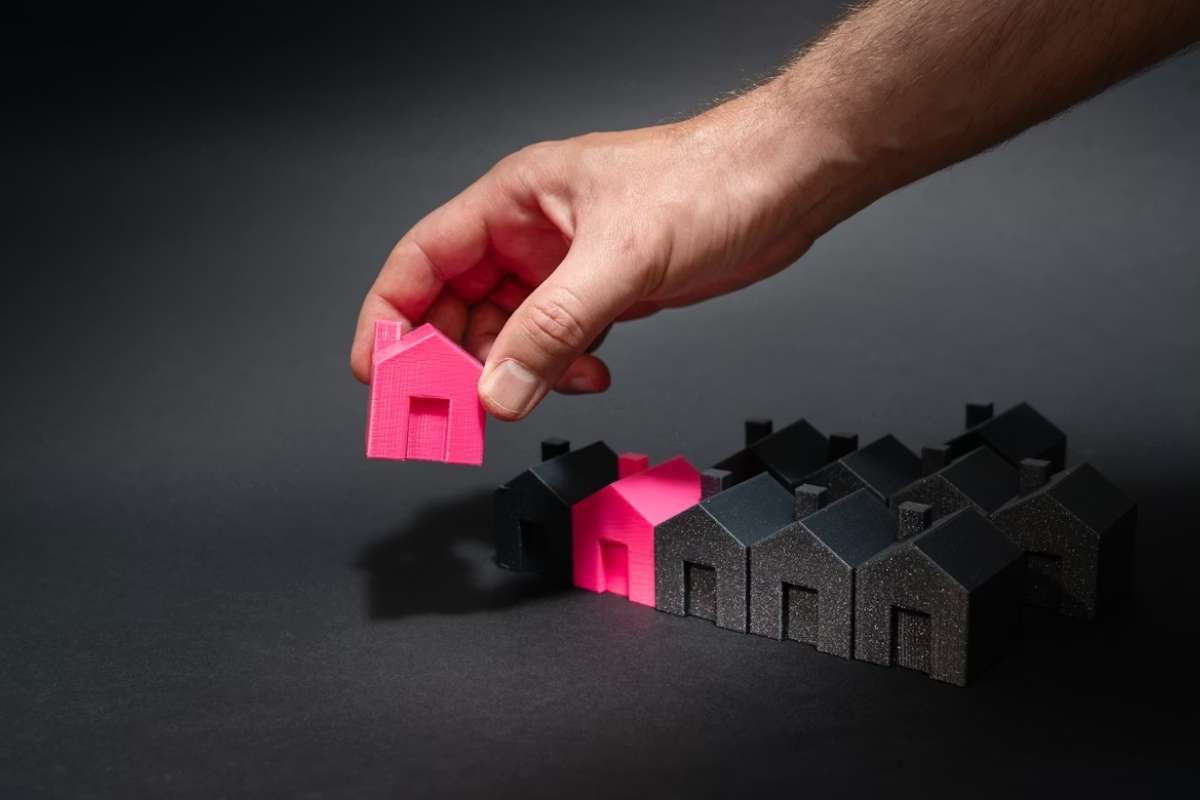Investing in a retail fit-out can either make or break your business. A well-designed commercial shop can draw customers in and boost sales, but retail fit-out mistakes can cost you money, customers, and your reputation. It’s surprising how often seemingly small oversights during the fit-out process can lead to major headaches down the line.
Whether you’re setting up shop for the first time or revamping your current store, steering clear of common retail fit-out mistakes is crucial for success. This article explores those common pitfalls, showing you how to avoid them to create a space that wows your customers and sets your business up for success.
Understanding Retail Fit-Out Mistakes: A Closer Look
Before we get into specific fit-out blunders, let’s define a retail shop fit-out. Essentially, it’s the process of transforming a bare retail space into a functional and appealing store that showcases your brand and merchandise.
This process involves various elements. This includes designing the layout, installing lighting, incorporating branding elements, and creating a welcoming ambiance. Because a successful retail fit-out considers both aesthetics and functionality, missing the mark on key elements can negatively impact customer experience and ultimately your bottom line.
1. The Pitfalls of Poor Planning and Design

Just like any successful project, a retail fit-out demands thorough planning. Skipping or rushing this critical planning phase often tops the list of retail fit-out mistakes.
Failing to thoroughly assess your space and plan your store layout can lead to a variety of issues. These issues include poor traffic flow, insufficient storage, or even building code violations. A poorly designed store may look cluttered, feel confusing to navigate or make it hard for shoppers to find what they’re looking for.
Prioritizing Practicality Over Trends: A Balanced Approach
Remember that practicality trumps trends in the long run. What’s currently on-trend might not make sense for your particular business model or target customer. Additionally, customer preferences and buying behaviors change.
It’s better to design with a degree of adaptability and flexibility in mind than lock yourself into a design that might feel outdated sooner rather than later. Consider what changes you could make in the future to keep your design fresh and modern.
2. Inadequate Lighting: A Common Oversight with Costly Consequences
One of the biggest retail fit-out mistakes is underestimating the impact of proper lighting. The right lighting does more than simply illuminate a space. It also showcases your merchandise, highlights key areas of your store, and creates an inviting ambiance for customers.
Think about the message you want your lighting to convey. Do you want a bright and energetic feel, a more relaxed and intimate vibe, or something in between? While natural light is highly desirable and makes a space feel more open, strategically placed artificial lighting adds depth and highlights specific products.
The Science of Effective Retail Lighting

Using a combination of ambient, accent, and task lighting can enhance the customer experience and influence their shopping behavior. For example, ambient lighting illuminates the overall space.
Accent lighting highlights key displays or architectural features. Lastly, task lighting is used in areas where specific tasks need to be performed, such as checkout counters. By using a mixture of these lighting techniques, you can create an effective retail setting that draws customers in.
3. Ignoring Customer Flow and Ergonomics
Customer flow refers to how customers navigate through your store. A well-designed office space should intuitively guide shoppers through the space, encouraging them to explore different areas and spend more time browsing.
A common retail fit-out mistake is failing to consider the natural flow of foot traffic and placing obstacles in key pathways. Think about factors such as aisle width, the placement of displays, and the location of checkout counters. Also, consider the overall comfort and convenience of your customers.
4. Failing to Showcase Your Brand Identity

Your retail space should tell a story and reflect your brand identity. It’s a missed opportunity if customers can’t get a sense of who you are and what you stand for simply by being in your store. This is why a strong fit-out design that incorporates your branding is essential.
Avoid using generic design elements. Make bold choices with colors, textures, and materials that are consistent with your brand and target demographic. Customers should get a sense of your story as they navigate your shop.
5. Neglecting the Importance of Signage
Customers rely on signage for guidance, information, and to navigate their shopping journey. Unclear or poorly placed signage leads to frustration and missed sales opportunities. This is especially true for businesses like bookstores that sell books, where proper signage is needed to drive people to different sections.
Your signage should be visually appealing, easy to read, strategically placed, and consistent with your branding. Consider digital signage options as a dynamic and engaging way to communicate with customers and highlight promotions.
6. Disregarding Accessibility and Safety Regulations
Overlooking accessibility is both unethical and, in many cases, a legal issue. All customers should have equal access to your store and its offerings. When planning your layout, factor in adequate aisle width for wheelchair users, clear pathways for those with mobility impairments, and accessible restrooms and fitting rooms. You should also prominently display signage about accessibility features.
Make sure your retail outlet also considers all safety regulations in place. Things like faulty electrical fittings or repaired air conditioning should be fixed immediately to ensure the safety of your staff and customers. The last thing you want is a lawsuit on your hands because you didn’t address these issues immediately.
Avoiding common retail fit-out mistakes often comes down to careful planning, understanding your target audience, and paying close attention to detail. Whether you’re just starting out or have been in business for years, investing time and resources into avoiding these frequent blunders is key to maximizing the return on your investment, attracting loyal customers, and driving sales.


















